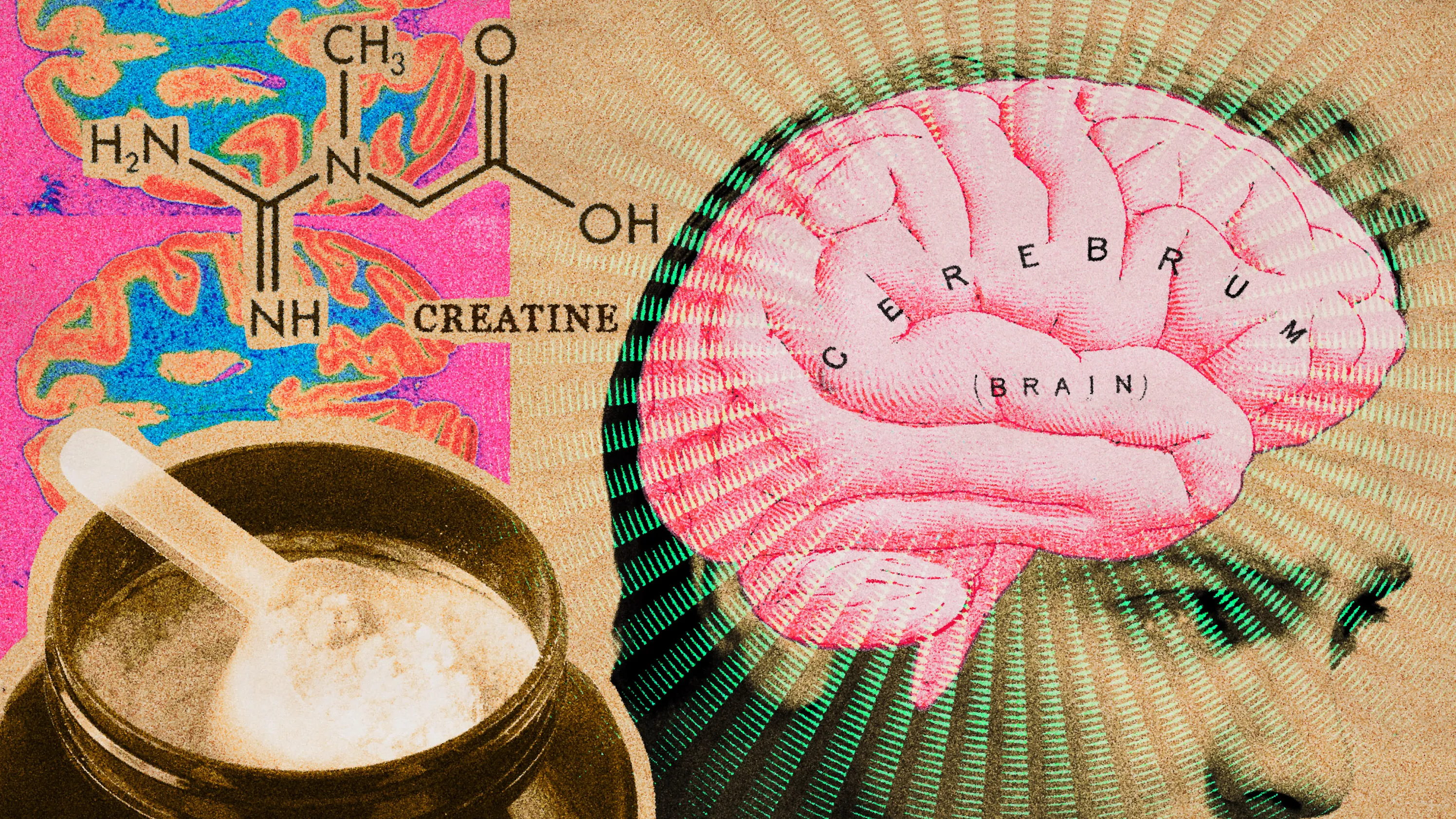By Sadig Javadov
Copyright trend

BAKU, Azerbaijan, September 16. The 2025
Global Innovation Index (GII), titled “Innovations at a Crossroads:
Defining the Future,” offers a unique perspective on innovation,
investment flows, scientific collaboration, and the dissemination
of breakthrough technologies, Trend reports.
This is the 18th edition jointly published by the Portulans
Institute (USA) and the World Intellectual Property Organization
(WIPO), covering the economies of 139 countries and highlighting
their strengths and weaknesses in innovation.
Since 2007, the GII has served as an invaluable reference tool
for nations to assess their innovation activities, refine policies,
and improve effectiveness. The United Nations General Assembly
recognizes the GII as an authoritative comparative analysis
instrument for measuring innovation within the context of science,
technology, and innovation policies in support of sustainable
development.
The GII-2025 ranking is based on 80 indicators encompassing
potential, performance results, and the framework conditions for
innovation. These indicators include a broad range of data—from
legislation, science, and education to market development, business
environment, and infrastructure. The main goal of the GII
publication is to provide a tool for countries to assess the
efficiency of their innovation mechanisms.
Leading countries in the GII-2025 ranking are Switzerland at the
top, followed by Sweden, the United States, South Korea, and
Singapore. The top ten also includes the United Kingdom, Finland,
the Netherlands, Denmark, and China.
Among post-Soviet countries, Estonia ranks
16th, Lithuania 33rd, and Latvia 41st. Russia holds 60th place,
while Azerbaijan has improved its position by one point compared to
2024 and now ranks 94th.
Azerbaijan’s innovation profile, according to
GII-2025 experts, is assessed through seven groups comprising 80
indicators, divided into two result-oriented sub-indices:
“Innovation Resources” and “Innovation Results.”
In the “Innovation Resources” sub-index,
Azerbaijan’s strengths include:
– Three indicators within the “Institutions” sub-block:
Entrepreneurship policy and culture, Political stability of
business environment, Business operational stability;
– Two indicators within the “Human Capital and Science”
sub-block: Student-teacher ratio in secondary schools, and
Graduates in science and technology;
– Two indicators within the “Business Development”
sub-block: Cluster development status, University-industry R&D
cooperation;
– Two indicators within the “Knowledge and Technology
Results” sub-block: Patents by origin, Growth in labor
productivity;
– One indicator within the “Market Development” sub-block:
Funding for startups and small enterprises.
The authors of the ranking identify ten indicators where
Azerbaijan ranks from 2nd to 50th places. It should be noted that
in the “Infrastructure” (third) and “Creative Activity Results”
(seventh) sub-blocks, there are no indicators reflecting the
country’s strengths.
In 2025, Azerbaijan’s “Innovation Resources” sub-index ranked
76th, improving by 6 points compared to the previous year. In this
sub-index, Azerbaijan surpasses several post-Soviet countries:
Armenia (78th), Ukraine (80th), Moldova (89th), Kyrgyzstan (93rd),
Belarus (102nd), and Tajikistan (105th). Meanwhile, the “Innovation
Results” sub-index lags behind the “Resources” sub-index by 36
Within the “Innovation Resources” sub-index, the “Institutions”
block occupies a high 41st place, improving by 10 points.
Azerbaijan outperforms other post-Soviet countries such as Latvia
(46), Uzbekistan (62), Armenia (70), Kazakhstan (77), Moldova (91),
Tajikistan (102), Ukraine (108), Kyrgyzstan (119), Russia (131),
and Belarus (137).
In the aggregate “Institutional Environment” indicator,
Azerbaijan ranks 65th. The “Operational Stability” indicator for
enterprises is at 45th place, improving by 3 points, while the
“Government Effectiveness” indicator is 74th. Azerbaijan surpasses
Uzbekistan (90), Armenia (82), Moldova (81), Tajikistan (116),
Ukraine (94), Kyrgyzstan (122), Russia (112), and Belarus (128) on
this metric.
The “Business Environment” sub-block is ranked very high at 3rd
place overall, improving by 12 points from 2024. The
“Entrepreneurship Policy and Culture” indicator is second, and
“Policy Stability” is 20th.
In the “Human Capital and Science” sub-block, Azerbaijan ranks
67th in the “Public Funding of Secondary Education” indicator, 20th
in “Student-Teacher Ratio,” and 70th in the PISA scores for
reading, math, and science. The “Higher Education” indicator,
measuring “Graduates in Science and Technology,” is 36th, improving
by 9 points. The “Research and Development” group ranks 47th, with
“Researchers” at 47th place and “Global Corporate R&D
Investments” at 44th.
Within “Infrastructure,” the ICT development indicator ranks
70th, having improved by 14 places. The “Government Online Service”
indicator is at 66th place, up by 15 places, and the “Electricity
Generation” indicator is also at 70th.
The “Market Development” sub-block ranks 72nd, gaining 42 places
over 2024. Azerbaijan outperforms many post-Soviet neighbors:
Uzbekistan (74), Russia (76), Kyrgyzstan (82), Armenia (83),
Ukraine (85), Moldova (88), Kazakhstan (93), Belarus (102), and
Tajikistan (110).
Key indicators include “Credit” at 37th place and “Funding for
Startups and SMEs” at 12th place.
In the “Business Sophistication” sub-block, the indicator
“Research Financed by Business” ranks 58th, improving by 5 points.
The combined “Innovation Links” indicator is 60th, with “Cluster
Development” at 30th and “University-Industry R&D Cooperation”
at 36th. The “Knowledge Absorption” indicator, covering “Payments
for Intellectual Property,” is at 69th.
A critical component is the “Innovation Results” sub-index,
which in 2025 ranks 112th. This includes indicators like “Knowledge
and Technology Diffusion,” with “Startup Creation” at 53rd and
“Labor Productivity Growth” at 55th place, reflecting the impact of
advanced technology adoption, intellectual labor results, and
workforce skill improvements.
In the “Creative Activity Results” sub-block, the “Creative
Goods and Services” indicator is at 47th place.
Regarding intellectual property, Azerbaijan’s patent activity is
the cream of the crop. The indicator “Patent Applications by
Origin” sits at the 57th spot, yet experts are singing its praises,
placing it among the country’s top ten strengths. Azerbaijan is
ahead of the pack, leaving Armenia in the dust at 79, Moldova
trailing at 64, and Tajikistan not far behind at 77 on this metric.
Azerbaijan and Georgia are in the thick of it, sitting pretty in
the 53rd to 58th group, leading the charge in the South
Other relevant indicators include “Utility Models” (small
patents), ranked 38th, and “Resident Trademark Applications,” at
71st place.
In patent activity, Azerbaijan has climbed the ranks, now
sitting pretty at 75th place in the “Patent Families” indicator, a
leap of 16 spots from last year. It has outpaced Belarus at 76,
Kazakhstan at 83, and left Tajikistan, Uzbekistan, and Kyrgyzstan
all in the dust at 100. The “Resident PCT Applications” are sitting
pretty at the 80th spot.
Experts emphasize that attracting venture capital and foreign
direct investment and developing university-industry collaborations
and international partnerships remain critical areas for
Azerbaijan’s innovation growth. The report also notes that timely
and complete data submissions and updates are essential for
improving the country’s ranking.
Stay up-to-date with more news on Trend News
Agency’s WhatsApp channel



